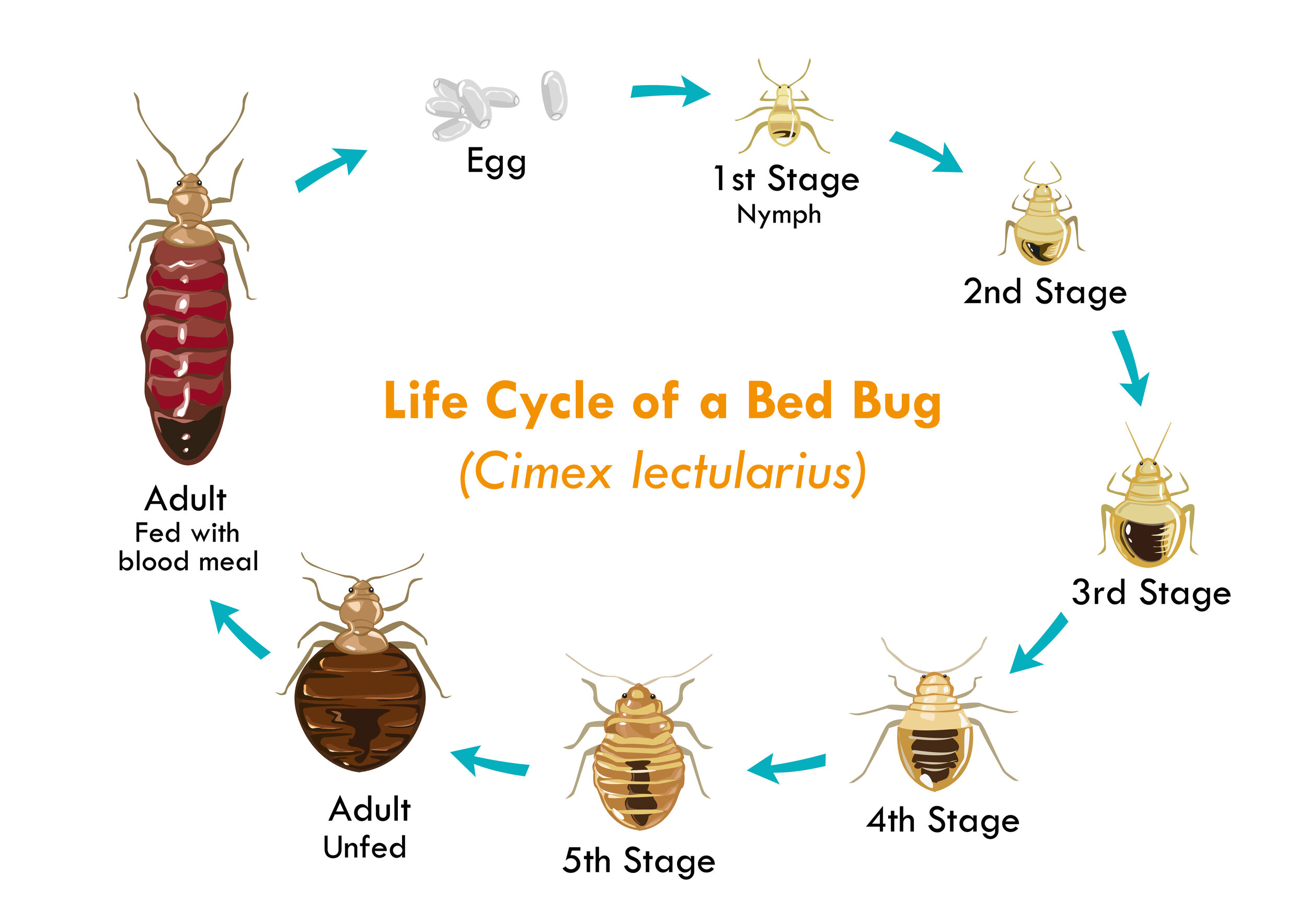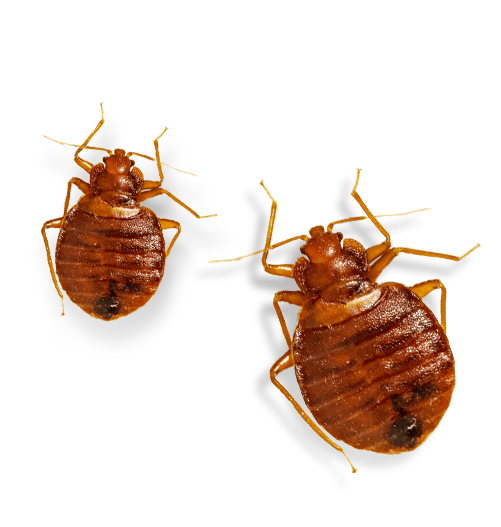A1 Bed Bug Exterminator Houston: Quick Removal Solutions
A1 Bed Bug Exterminator Houston: Quick Removal Solutions
Blog Article
Understanding the Lifecycle of Insects for Targeted Control Techniques
Comprehending the lifecycle of insects is a fundamental element of reliable bug administration methods. By comprehending the different stages of development that pests undertake, an extra exact and targeted approach can be embraced to control their populations. This knowledge not only loses light on the susceptabilities within the pest lifecycle but likewise leads the way for implementing tactical measures that can interrupt their growth and reproduction cycles. Via a deeper understanding of how parasites flourish and evolve, customized control approaches can be developed to deal with details factors in their lifecycle, ultimately leading to more effective bug administration results.
Importance of Comprehending Parasite Lifecycle
Recognizing the lifecycle of pests is crucial for developing effective and targeted control techniques in insect monitoring. By comprehending the different stages a bug goes with from egg to grownup, bug control specialists can recognize at risk factors in the lifecycle where treatment can be most successful.
Furthermore, acknowledging the certain ecological problems needed for every phase of the parasite's lifecycle can guide decisions on environment alteration or exclusion techniques to minimize and interrupt the lifecycle pest populations. This knowledge allows pest management professionals to implement positive measures as opposed to counting exclusively on reactive treatments, bring about even more lasting and long-lasting bug control services. Ultimately, an extensive understanding of insect lifecycles empowers parasite control experts to tailor their techniques effectively, decreasing ecological impacts and optimizing control end results.
Key Phases in Insect Growth
To properly apply targeted control approaches in parasite monitoring, a critical element lies in comprehensively identifying and recognizing the vital phases in bug advancement. Insect development commonly is composed of numerous crucial stages that are important for their lifecycle and management.

Vulnerabilities in Parasite Lifecycle
Throughout the various stages of an insect's lifecycle, distinct susceptabilities arise that can be tactically targeted for efficient control steps (A1 bed bug extermination houston). One essential susceptability exists in the egg stage, where pests are usually a lot more prone to certain pesticides or organic control agents due to their soft external shell, making them easier targets for treatment. Comprehending these vulnerabilities in the parasite lifecycle is necessary for establishing effective and precise control approaches that successfully take care of pest populations while decreasing environmental impact.
Executing Targeted Control Procedures
:max_bytes(150000):strip_icc()/Bed-bug-control-tips-and-tricks-2656377-e580f433c55a4a98826e429753062084.jpg)
Applying targeted control measures commonly entails a multi-faceted technique. This may include habitat alteration to make the atmosphere less congenial to insects, such as eliminating standing water for mosquito control or sealing access points for rats. Additionally, organic control approaches can be utilized, where natural predators or microorganisms are presented to maintain parasite populations in check.
Integrated visite site Insect Administration (IPM) approaches that incorporate various control measures in a worked with and lasting fashion are often the most effective in attaining long-term insect monitoring goals. By implementing targeted control steps based on a thorough understanding of pest lifecycles, insect populations can be effectively regulated while minimizing dangers to human wellness and the setting.
Boosted Bug Management Practices

Furthermore, the incorporation of biological control representatives, such as natural predators or microorganisms of parasites, can help in reducing reliance on chemical pesticides and advertise an extra well balanced environment. Executing physical barriers and catches can also be part of enhanced bug monitoring techniques, supplying safe and targeted remedies for pest control. Furthermore, using pheromones and other semiochemicals can disrupt pest mating patterns and communication, leading to decreased bug populaces gradually.
Conclusion
In final thought, recognizing the lifecycle of pests is important for efficient parasite monitoring methods. By determining crucial phases in insect development and susceptabilities in their lifecycle, targeted control steps can be applied to decrease parasite populaces. Boosted bug management methods can aid decrease the dependence on broad-spectrum chemicals and advertise even more eco friendly and lasting insect control approaches. This knowledge plays an important function in keeping healthy ecosystems and agricultural productivity.
Recognizing the lifecycle of bugs is essential for developing effective and targeted control techniques in pest monitoring. By understanding the various phases a parasite goes with from egg to adult, pest control professionals can identify at risk factors in the lifecycle where treatment can be most site link successful. Ultimately, a comprehensive understanding of bug lifecycles equips parasite control specialists to tailor their techniques properly, reducing ecological influences and making the most of control outcomes.
By applying targeted control steps based on an extensive understanding of insect lifecycles, bug populations can be successfully managed while read the full info here decreasing threats to human health and wellness and the setting.
By determining crucial stages in pest advancement and vulnerabilities in their lifecycle, targeted control steps can be implemented to reduce bug populaces.
Report this page